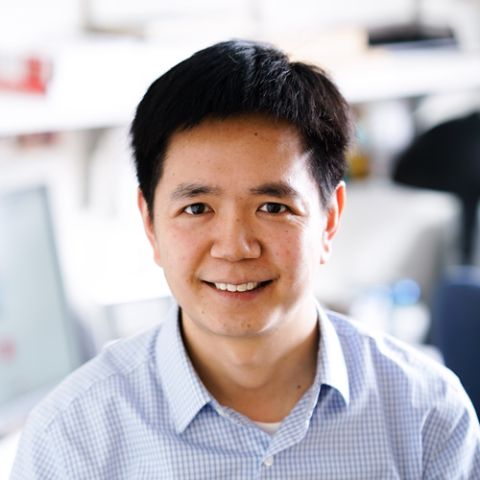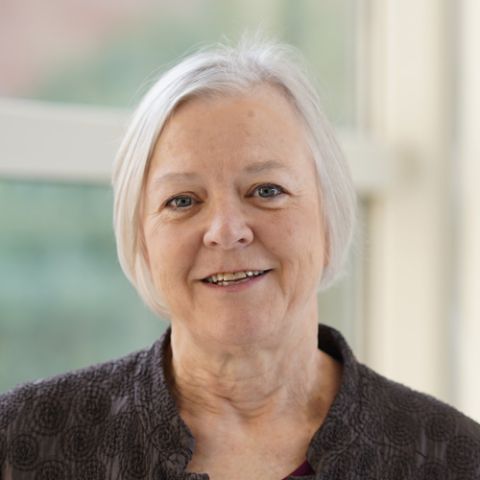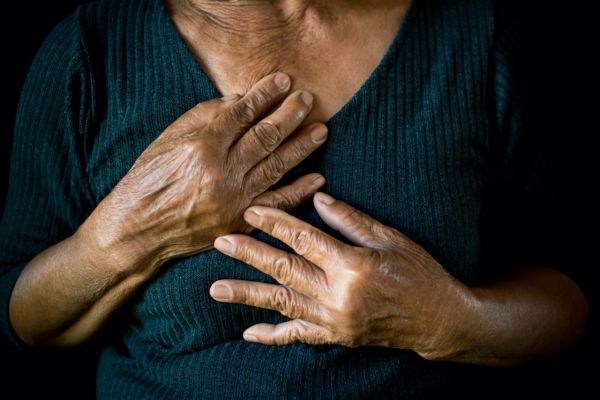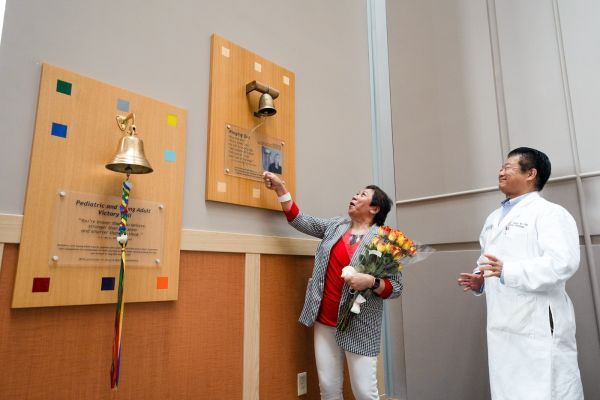Cultural, lifestyle shifts may play a role
While breast cancer rates are increasing among women from all races, ages and ethnicities, a significant surge in rates among Asian American and Pacific Islander (AAPI) women, and especially among younger AAPI women, surprised many cancer experts as they now try to determine why.
“Apparently this is the question everyone wants to find an answer to but that would likely not be straightforward,” says oncologist Song Yao, MD, Director of Molecular Epidemiology at Roswell Park Comprehensive Cancer Center. “Currently I don’t think we have solid data to point to any definitive answer, but we can speculate possible reasons.”
AAPI breast cancer rates higher than for Black, Hispanic women
Data from the National Institutes of Health show that between 2000 and 2021, the rate of new breast cancer cases increased by half (52%) among AAPI women younger than age 50; increased by a third (33%) for AAPI women ages 50 to 64, and rose 43% for AAPI women 65 and older. During the same time, breast cancer rates for women of all ages, races and ethnicities increased by only 3%.
Breast cancer deaths among AAPI women have also increased: Although women in most racial and ethnic groups are seeing a decline, in 2023 about 12 of every 100,000 AAPI women of any age died from breast cancer, according to data from the Centers for Disease Control and Prevention. The breast cancer death rate among all women during that time dropped 30%.
Established risk factors for breast cancer include:
- Genetic inheritance
- High breast density
- Benign breast disease
- Hormone-related factors (developmental and reproductive history, hormone replacement therapy in postmenopausal women, obesity after menopause)
- Lifestyle factors (physical inactivity, alcohol consumption)
“Going through this list, high breast density and benign breast disease, developmental and reproductive history and alcohol consumption could potentially underlie the increasing trend of breast cancer in young AAPI women,” Dr. Yao theorizes. “Then, there is also a possibility of increasing uptake of breast cancer screening in young AAPI women in recent years, which could lead to diagnosis at an earlier age.”
Don't skip your mammogram
Most mammograms are normal… but if yours isn’t, Roswell Park is where you want to be.
Cultural, lifestyle shifts may play a role
Christine Ambrosone, MD, an oncologist, epidemiologist and Senior Vice President of Cancer Prevention & Control at Roswell Park, says articulating reasons for the trend is complicated. In a demographic that has traditionally been culturally insular, she thinks cultural shifts and adaption to Western lifestyles may have led to earlier puberty, having fewer children and having them later in life, and breast-feeding less – factors that could play a role in the current trend.
“I think we’re seeing higher breast cancer rates in younger ages in all groups, and I think it’s more pronounced in Asians probably because of the acculturation. It could be different nutrition, it could be better nutrition, or it could be over-nutrition,” she offers, pointing to a recent study in Japan where researchers noted an increase in colorectal cancer rates (typically low there) thought to be associated to eating more red meat in a traditionally fish-based diet.
Another factor could be exposure to environmental contaminants, such as “forever chemicals,” which could affect cellular genetics. “It’s hard to measure or quantify exposure to environmental factors,” says Dr. Ambrosone. “But we wouldn’t see the timeline trends we’re seeing with just genetics unless there’s an interaction with some other exposure.”
Chronic stress could also be a culprit
Chronic stress, like the kind now associated with a high-powered contemporary Western lifestyle, has also been considered as a potential reason for the current trend in breast cancer among AAPI women. Although there have been no conclusive studies to date that connect stress to the development of breast cancer, Dr. Ambrosone says that stress in general can be related to progression of any cancer.
Dr. Yao agrees that while chronic stress has not been definitively established as a risk factor for breast cancer, it may be a reasonable hypothesis for explaining the current AAPI trend.
“It may be interesting to look at the temporal trends in breast cancer in Asian countries, specifically to see if during the same time period there a similar trend of increasing breast cancer incidence in younger women. That might shed some insights into the causes for the trend seen in the U.S.,” says Dr. Yao.





